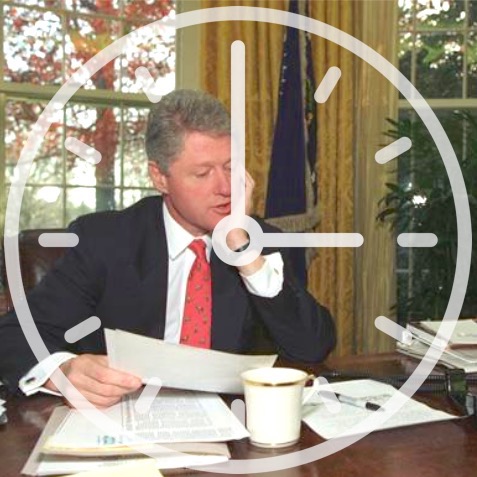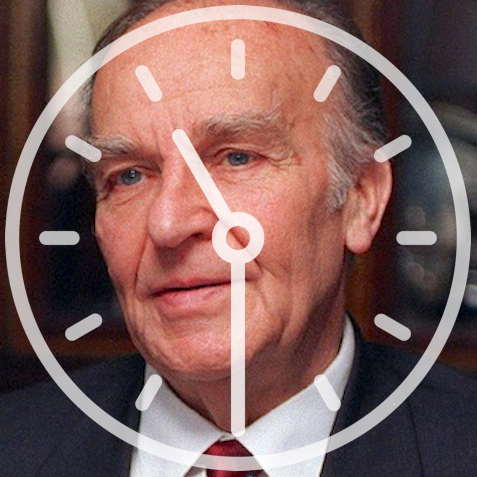The hopes of Europe turn to an unlikely place
Wright-Patterson Air Force Base is the biggest employer in Ohio, and one of the most sophisticated military bases in the country. That didn’t necessarily mean they could host a summit of world leaders at a moment’s notice!
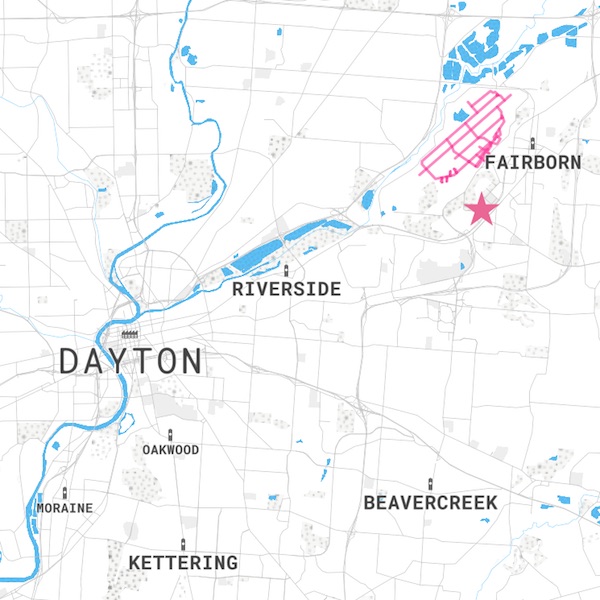
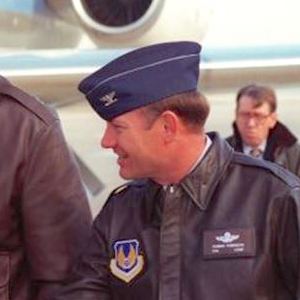
Col. Garald K. “Robbie” Robinson, 88th Air Base Wing Commander at that time, had only two weeks to prepare. The base had a venue for the meeting, the Hope Hotel. To walk back to the houses where each delegation was staying, Col. Robinson asked for a beautiful pathway to be constructed between the buildings. That curved concrete walkway is now known as The Peace Walk:
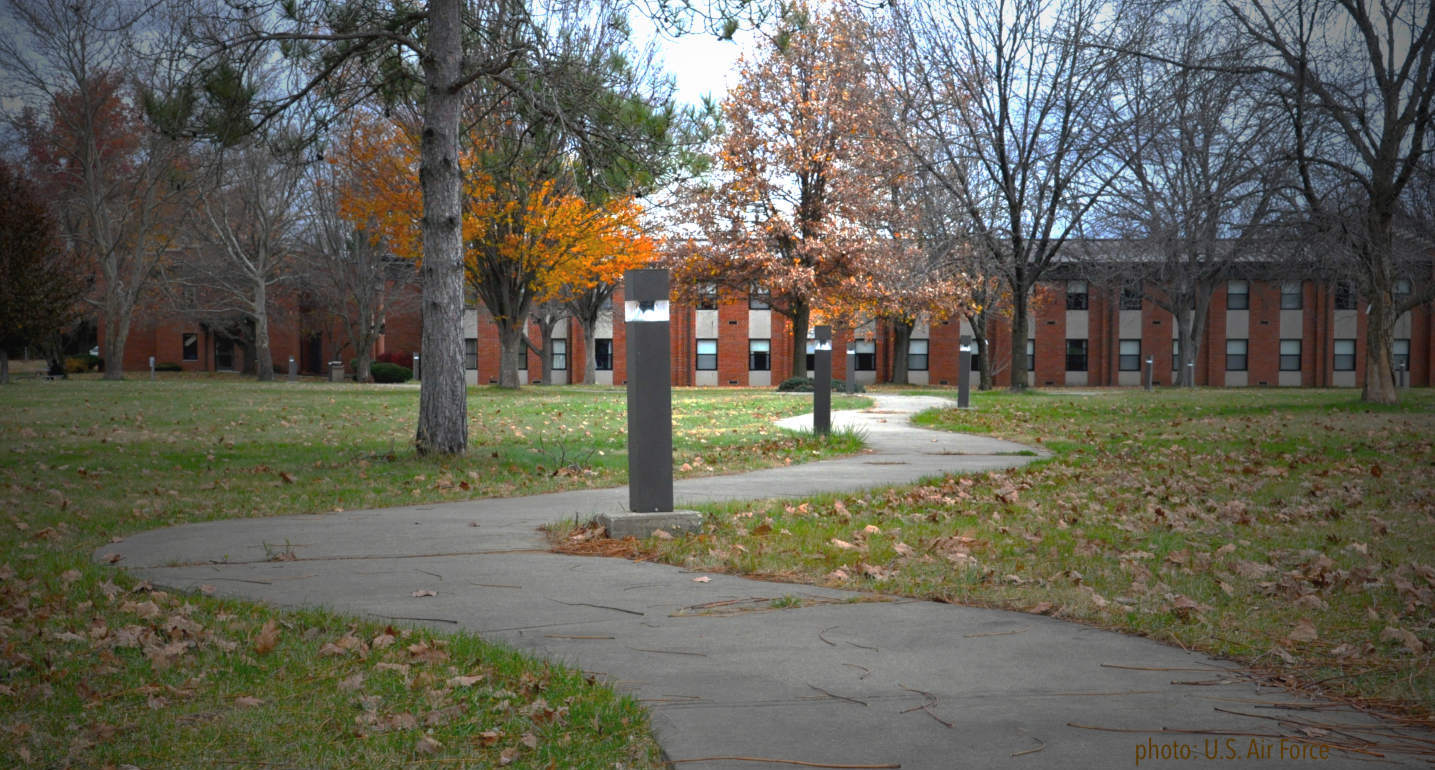
Above images: courtesy of US Air Force
There were many people who helped make Dayton into a city of peacemaking.
Whether it was providing hospitality at the Hope Hotel, or hosting the dignitaries at important dinners and a symphony, holding vigils at the gates of Wright-Patterson, or simply praying quietly... Daytonians gave their hearts to help the leaders of Eastern Europe to find their way to a peaceful solution and stop the loss of more innocent lives.



